Free Decoding Activities for Kids with Dyslexia!
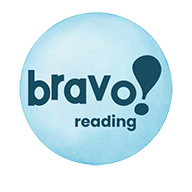
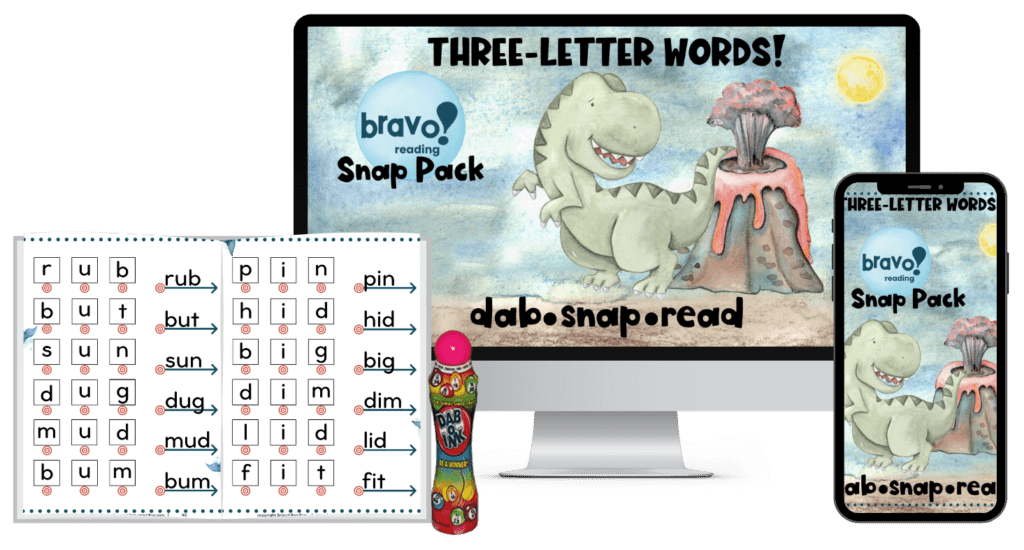
Not all decoding activities for kids with dyslexia are created equally!
That’s because kids with dyslexia need something different.

They learn differently than other children, so of course, they can’t do well with regular reading materials!
You see, kids with dyslexia are hands-on learners, and because of this, they learn best by using their hands.
Not by listening to a teacher. Definitely not by matching pictures to sounds. And certainly not by looking at flashcards.
Give kids with dyslexia a phonics workbook, and they probably want to throw it at you.
Offer them flashcards, and they want to run away.
Give them a “drill and kill” activity, and they want to do both!
Learning To Decode Words Doesn’t Have To Be Hard!
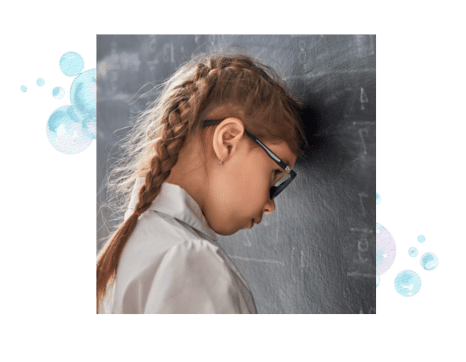
Learning to decode words shouldn’t be hard, even if your child has dyslexia!
But kids with dyslexia don’t naturally learn to decode words like other kids. They don’t easily use bit-by-bit thinking that is necessary for decoding words.
They just don’t think this way!
That doesn’t mean they aren’t smart! They’re usually brilliant. It just means they need a different way to learn to decode words!
Building a strong decoding foundation doesn’t have to be hard! With the right set of decoding activities, kids with dyslexia can learn to decode words like a champ!
But what exactly is decoding?
Decoding is defined as knowing how to pronounce letters or combinations of letters that symbolize specific sounds. That’s a mouthful, when in reality, decoding simply means sounding out words! If your child struggles to sound out or decode words, then reading will be difficult. Reading and fluency scores will be weak, and this in turn, affects grades.
Decoding words is hard for kids with dyslexia for a lot of different reasons. To begin with, kids with dyslexia learn differently than other children. That doesn’t mean they aren’t smart! One of the symptoms of dyslexia is average or above average intelligence.
Make The Grade With Better Decoding Activities
Kids with dyslexia usually have a difficult time processing visual and auditory information. Because of this, they are hands-on or tactile learners.
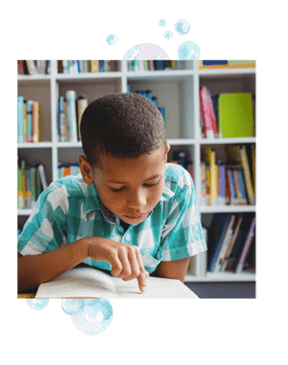
That means they learn by doing, not by seeing or hearing. In order to learn how to decode words, kids with dyslexia need movement!
Not just any movement will do, though. If your child has dyslexia, then gross motor movement is needed. These are large muscle movements. Traditional reading programs fail dyslexic learners by not allowing large movement with learning. It isn’t difficult to provide decoding activities that encompass movement…if you know the right formula!
Regular reading programs rely heavily on phonics, flash cards, and “drill and kill” methods of teaching decoding to children. This works for most children, but for kids with dyslexia, it’s a decoding death sentence. They need decoding activities with movement…for starters!
The Best Methods For Teaching Decoding Activities
Another key ingredient to helping kids with dyslexia decode words is a multi-sensory approach to decoding. This means your child learns to decode through visual, auditory, and kinesthetic methods.

Since the visual and auditory senses are usually weak in children with dyslexia, this gives them a triple whammy of learning! It’s a way of learning that resonates with them because they have three senses involved instead of just two.
These two methods alone make a huge difference in the dyslexic child’s ability to engage in decoding activities with success!
Phonemic Awareness is Important, Too!
Research tells us that kids with dyslexia do best with decoding when they are strong in phonemic awareness. Phonemic awareness is the ability to recognize and manipulate spoken parts of words, including initial letters, syllables, and phonemes. Having a strong sense of phonemic awareness helps kids decode words.
Phonemes are small units of sound that make up our language. They are perceptually distinct sound units that distinguish one word from another. Examples of phonemes are “at”, “ib”, “ub”, “ex”, and “op”. There are forty-four phonemes that make up our language, and if used in conjunction with the right decoding activities, reading progress can be astounding.

Fill out the form below to get your free copy of the Bravo! Snap Pack

How To Put Decoding Activities On Steroids
If a child with dyslexia has a solid foundation with phonemes and phonemic awareness, then decoding words is easier.

This is because our words are built out from these forty-four sound units. As your child becomes more and more familiar with phonemes, it’s not so scary to add onto these small units of sound and decode multi-syllable words. From there, decoding activities can be added to make the picture complete!
Kids with dyslexia usually do well decoding the first syllable of a word. It’s the second and third syllables that get to them. There are a lot of different reasons for this. To start, these kids fatigue due to poor sensory processing skills. In addition, they panic because there are just too many letters in big words. They also don’t think they can sound out a multi-syllable word, so they resort to guessing at the word. Before you know it, bad reading habits are developed.
If they had the right decoding activities from the start, then a lot of heartache could have been avoided!
The Three Pillars: The Worst Reading Habits Of All Time
When your child’s decoding and phonemic awareness skills are weak, then bad habits set in. This makes it hard to decode words, primarily because there’s too much guess work involved.
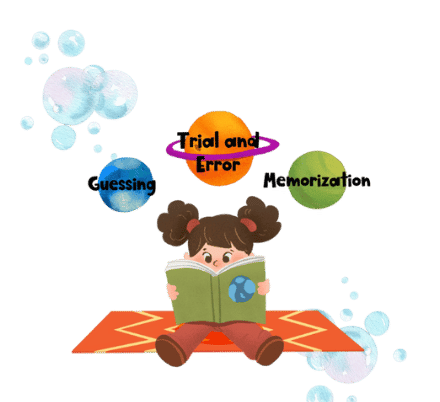
There are Three Pillars of Poor Reading that kids with dyslexia resort to when these decoding skills are weak. This leads to poor phonemic awareness as well as difficulty in decoding words. Giving kids with dyslexia the right decoding activities helps them learn to decode correctly right from the start. Consequently, that leads to reading and learning success!
The Most Harmful Reading Habit Of All
The first Pillar of Poor Reading is guessing at words. Kids with dyslexia are masters at this, but it only serves to hurt them in the long run. Guessing at words isn’t a decoding strategy. It’s simply a bad habit that makes it extremely hard to decode words properly.

At some point while reading, your child came across a new or unfamiliar word. It was too daunting to decode, so your child took a wild stab at it. Either the word was read incorrectly or correctly.
If it was read correctly, then a sense of satisfaction develops and guessing becomes the new “decoding strategy”. If the word was read incorrectly, then bad feelings and fear set in. The next time it happens, more guessing occurs. Bad habits rule instead of sound decoding strategies.
Out of all three Pillars of Poor Reading, guessing at words is the most common, and the most harmful.
How To Stop Memorizing Words
The second Pillar of Poor Reading is memorizing words. At first, this seems like a sound strategy, because at least there is a bit of strategy involved. But attempting to memorize words is lethal for the process of decoding. The problem is that there are over one million words in the English language.

That’s a lot of words to memorize! Even worse, memorizing isn’t even closely involved with sounding out or decoding words. When children attempt to memorize words, decoding isn’t taking place. It becomes a free-for-all! But with the right decoding activities, kids with dyslexia can learn to sound out words instead of memorize them!
In addition, usually, kids with dyslexia have weak visual and auditory memory skills, so memorizing words isn’t the best route for them. When memorization is the key decoding “strategy” children use, they will resort to guessing at words again, because the words can’t always be pulled successfully from memory banks.
Your child is left with guessing at words instead of decoding them…once more.
When It’s Random At Best…
Finally, the last Pillar of Poor Reading is trial and error reading. This is when your child randomly applies reading and spelling rules while decoding. The key word here is random. Because there is a huge lack of strategy, then decoding of words is sporadic.

When rules are applied randomly, then it’s hard to engage in decode activities that work because there’s no consistent process (strategy) involved. It’s a hit or miss event where rules are applied to words one time and not the next.
For reading skills to be strong, it’s crucial that your child knows how to decode words instead of randomly applying rules. If a word is read one way one day and another way another day, then comprehension and fluency are both affected in a negative way.
Here’s the good news. The Three Pillars of Poor Reading are nothing more than bad habits that can be corrected. When the right decoding activities are used, results are usually seen in as little as three weeks! These pesky bad habits can be eliminated, and your child will soon learn to decode words like a champ!
Decoding Activities: Why They Need To Work!
Kids with dyslexia don’t learn like other children. Because of this, traditional decoding activities are difficult for them. Traditional reading programs fail kids with dyslexia. They speak the wrong “learning language”, and chaos ensues.
But when taught with the decoding activities are used, when the correct “learning language” is spoken, kids with dyslexia can learn to decode words…and to do it well! This results in better reading fluency and comprehension scores! It also results in a happier child!
Did you know that twenty percent of all school children have dyslexia? It’s a common problem that just isn’t being dealt with properly.

To begin with, we have enough research to know how kids with dyslexia learn. They learn through gross motor movement, color, pictures, rhythm, and in a tactile manner. They are usually right-brain dominant children who are extremely creative.
But schools these days cater to left-brain dominant children. Phonics, flashcards, and “drill and kill” worksheets are all geared toward the left-brain dominant child. If you’ve ever tried decoding activities with your child and they didn’t work, then you weren’t speaking the right “learning language” with your child.
Consequently, children with dyslexia need a different set of tools to help them decode words. They need decoding activities that speak “their” language, not someone else’s.
Right Brain Learners And Dyslexia
Kids with dyslexia soar when they’re allowed to use right-brain dominant methods that help them decode words. That’s because most kids with dyslexia are right-brain dominant! It’s also why traditional phonics lessons don’t work for kids with dyslexia! They learn from that creative side of their brains instead of that logical left side.

Did you know that movement is also a right-brain activity? That’s one reason why kids with dyslexia need to move to learn. When your child uses movement to decode words, then reading isn’t a chore.
In addition, when brain-based decoding activities are used, kids with dyslexia connect dots easily. Brain-based methods include movement as well as a multisensory approach to learning as part of the strategy for learning. When kids receive a multi-sensory way to learn, they get to rely on their tactile sense of learning while putting their weaker visual and auditory skills on the back burner.
Listening to Your Child Read Shouldn’t be Painful!
If listening to your child read makes you cringe, then your child probably has poor decoding skills. This is because some skills weren’t learned or picked up along the way. Of course, poor decoding skills directly affect reading fluency and comprehension scores.

The real problem happens when your child isn’t taught to skills mastery. This means your child was given a more difficult set of decoding skills to perform before lower-level skills were mastered.
Decoding skills become a big mystery when this happens.
When the right decoding activities are presented in the right way, then kids with dyslexia don’t have to stammer and stumble over words when reading out loud!
Automatic Is Where It’s At!
When your child doesn’t know letter sounds with automaticity and is then asked to go straight to sounding out three-syllable words, then there are gaps in your child’s decoding foundation. Your child needs practice time with sounding out two-syllable words before attempting three-letter words. Even worse, your child shouldn’t be asked to blend any letters together until all letter sounds are known with automaticity.
This is like asking you to drive a car without wheels!


Get a Bundled Package For More Value!
Help your child overcome reading challenges and save money with The Bravo! Bundle. It includes all Bravo! Reading materials for a fraction of the cost of buying them individually.
This assortment of targeted dyslexia materials that help your child overcome reading challenges is chock full of innovative, fun decoding activities. These exercises are easy to do and will step-by-step take your child from a struggling reader to a Bravo! Reading Shark!
When you order The Bravo! Bundle, you’ll receive all eleven levels of the Bravo! Reading Program, the Bravo! Beginner, and all Bravo! Reading Expansion Packs.
The expansion packs you’ll receive are the Bravo! Booster Pack, the Bravo! Super Booster Pack, and the Bravo! Decoder Pack.
Get The Best FREE Decoding Activities Available!
The Bravo! Reading Snap Pack is an awesome FREE resource to help your child blend three-letter words together – quick as a snap! This is the third step to building a strong decoding foundation and one of your child’s most important decoding activities.

The first skill your child needs is the ability to sound out letters with automaticity. From there, your child must be able to sound out two-letter words. Only then is it time for three-letter words.
Three letter words are especially problematic to kids with dyslexia. This is because they are usually weak in visual memory skills. Three-letter words have three symbols.
Your child doesn’t have to suffer through decoding activities that make no sense. The Bravo! Snap Pack is a free resource that will help your child decode three-letter words in a flash!
Visual Memory: The Direct Relationship To Decoding
Most kids with dyslexia can only retain two or three symbols in visual memory. This means it’s a challenge to sound out three-letter words.
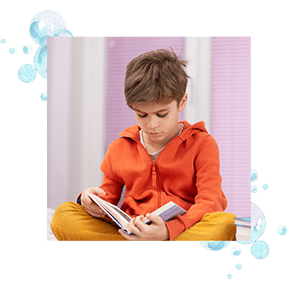
Unless they’re taught in ways that resonate with them!
The Bravo! Reading Snap Pack uses a multi-sensory approach along with gross motor movements to help drive in three-letter word decoding. These words are in the traditional consonant-vowel-consonant lineup.
The Snap Pack is chock full of decoding activities that will make sense to your child, and when it makes sense, then progress can be made!
Why Traditional Isn’t Always Best
Traditional decoding activities that teach consonant-vowel-consonant words won’t work for a child who has dyslexia.

There are many reasons for this. For starters, traditional methods are weak in large motor movement. They also rely heavily on left-brain dominant methodologies. And of course, phonemic awareness isn’t addressed well enough, sometimes not at all.
The biggest problem, though, is that lower-level skills are still too weak for the dyslexic reader to have strong decoding skills. Letter sounds and blending of two-letter words is still too weak. The readers aren’t equipped to sound out three-letter words until their decoding foundation is strong!
The Ins And Outs Of The Bravo! Snap Pack
The Bravo! Snap Pack uses decoding activities that not only meet your child’s needs but also hold your child’s interest. Your child will love using dot dabbers or bingo markers on extra-large print to sound out three-letter words! The first step is to pound the small target (Bravo! Bullseye) beneath the letter tile with a dot dabber while at the same time saying the sound of the letter out loud.

This large motor movement meets the dyslexic child’s need for movement to learn. The added multi-sensory component of auditory and visual cues set in the skill.
Next, your child pounds on the Bravo! Bullseye beneath the second letter tile, which is the vowel. All vowel sounds are short with the Snap Pack decoding activities, so your child isn’t overloaded with exceptions to rules. Like before your child dabs the target while saying the sound of the letter out loud at the same time.
The third tile is repeated in the same way. Your child pounds on the Bravo! Bullseye beneath the last letter tile while saying the sound of the letter out loud at the same time.
Why Chunking Words Is Like Magic For Kids With Dyslexia
The decoding activity of breaking apart a word is called chunking. Your child reads small chunks of the word instead of the entire word while engaging in large motor movement and an auditory cue.

This is how kids with dyslexia learn best, and it sets in decoding skills better than any other method. As a bonus, by chunking, your child doesn’t get overwhelmed with too many letters at once.
Finally, your child gets the chance to blend the same three letters together. Your child slides the dot dabber over the Bravo! Bolt (a large arrow with a target on it) while saying the sound of the letters together out loud at the same time.
It’s that simple!
How To Make Decoding Activities Stick Like Glue
By using gross motor movement, dyslexic readers shine! This is because most dyslexic learners are kinesthetic or hands-on learners. Movement is their jam! It’s their road to reading success! Add in color, pictures, predictability, brain-based learning, and a multi-sensory approach, and your dyslexic reader will be decoding three-letter words in no time!
These are decoding activities that kids with dyslexia love to do! And when they love doing something, they keep at it for longer periods of time!
A Sample Page from the Bravo! Snap Pack

Building Strong Decoding Strategies One Activity At A Time
- The Bravo! Snap Pack is a shorter snapshot of Level 2 of the Bravo! Reading Program. Once readers master two-letter words (in the Bravo! Punch Pack and Level 1 of the Bravo! Reading Program), they are ready to sound out three-letter words in the consonant/vowel/consonant pattern.
- This easy-to-use decoding system was designed for children with dyslexia, but it works for anyone. Even better, it’s the perfect, FREE solution to help your child increase decoding skills
- Before using the Snap Pack, readers need to know letter sounds and have the ability to blend two letters together. If your reader doesn’t automatically have this skill-set, we highly recommend using the Bravo! Beginner for letter sounds and Level 1 of the Bravo! Reading Program for complete two-letter word mastery or at least an introduction of two-letter words with the Bravo! Punch Pack.
- When your learner masters three-letter words in the Bravo! Snap Pack, a reading and decoding foundation is built! Your child is now ready to start building on that strong foundation!
- You will receive the Bravo! Snap Pack immediately as a digital file. We highly recommend printing it off and using it with dot dabbers and bingo markers. However, you can use the Bravo! Snap Pack on a tablet or a computer.
- Download the FREE Bravo! Snap Pack to help your child learn to blend three-letter words together. It’s a crucial steppingstone to help your child strengthen decoding skills, which translates to higher levels of reading comprehension and fluency! And even better, it works like a snap!

To Download Your FREE Bravo! Snap Pack, Just Fill Out the Form Below!




